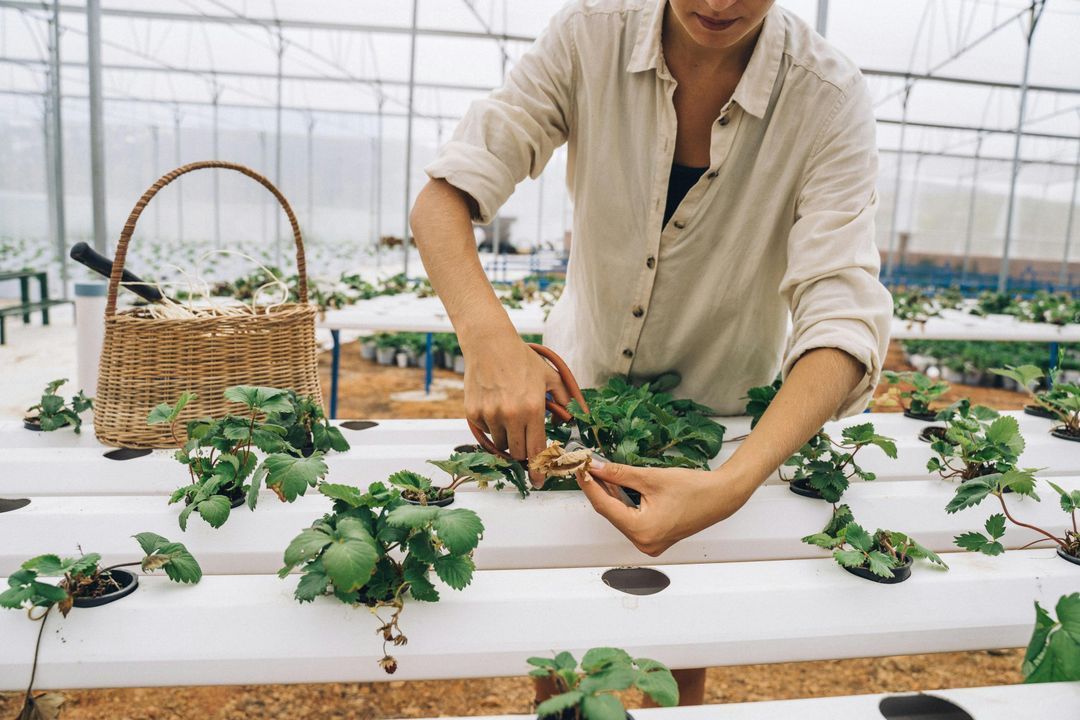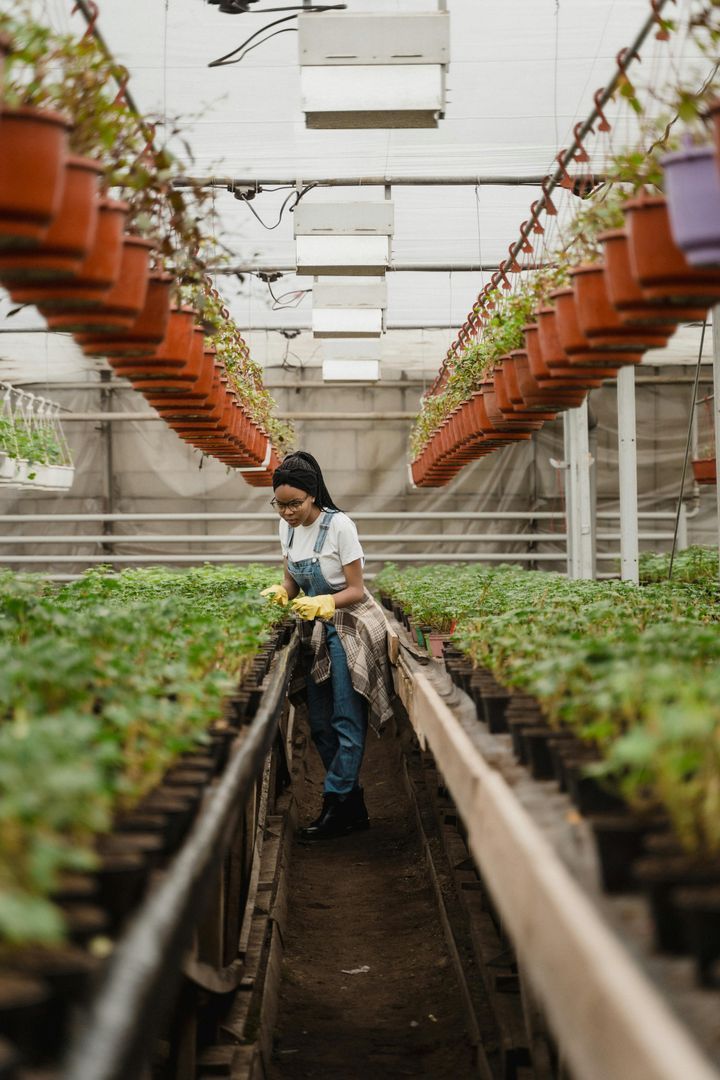Vertical Farming: Agriculture that Looks Upward

In a world where agricultural space is shrinking, population growth is growing, and climate change is putting pressure on the entire agri-food supply chain, traditional open-field agriculture is no longer sufficient. From this necessity—but also from an ambition—vertical farming was born: an innovative way of growing crops that moves the roots not into the ground, but skyward.
But what does vertical farming really mean? What technologies make it possible? Is it just a tech startup dream or a real sustainable alternative? And above all: is it suitable for Italy?
What is vertical farming?
Vertical farming is a growing system that grows vertically rather than horizontally. Plants are grown indoors, on stacked shelves, inside dedicated buildings or modular containers. Traditional soil is not used: hydroponic (water), aeroponic (misting), or aquaponic (fish-plant integration) techniques are used.
Growth is completely controlled: temperature, humidity, light, nutrient supply, and carbon dioxide are managed with extreme precision through digital technology and smart sensors. In practice, a perfect microclimate is created for each type of plant, 365 days a year, regardless of the seasons.
Advantages: sustainability, savings and quality
One of the main strengths of vertical farming is the drastic reduction in water consumption : in some hydroponic crops, it uses up to 95% less than traditional agriculture. The absence of pesticides and chemical fertilizers makes the produce healthier, and total control over the environment reduces the risks associated with extreme weather events or pests.
Furthermore, this technique allows for cultivation in urban areas or near distribution centers, minimizing transportation and emissions. You can have fresh lettuce, herbs, or microgreens in the heart of Milan, Rome, or Turin, without having to import them abroad or travel long distances by truck.
Finally, there is the advantage of productivity : on a vertical square meter you can produce up to 20 times more than in the same space horizontally.
The challenges: costs, energy and limited variety
However, vertical farming isnt without its challenges. First and foremost: energy consumption . Growing indoors means using artificial lights, ventilation systems, water pumps, and digital technologies—all of which require a lot of electricity. If it doesnt come from renewable sources, the environmental impact can be significant.
Then theres the issue of initial costs : building a vertical farm requires significant investments, especially in environmental control technologies. Maintenance is also expensive and requires specialized personnel.
Another limitation: not all crops are suitable for this type of production. Currently, the main crops grown are lettuce, arugula, spinach, basil, aromatic herbs, and some varieties of strawberries and cherry tomatoes. Grains, root crops, or large fruits are not yet economically viable.
Situation in Italy and in the world
Around the world, countries like Singapore, Japan, the United States, and the Netherlands are investing heavily in vertical farming, considered a key component of future food security. Singapore, for example, aims to produce 30% of its own food by 2030, thanks to vertical farming.
In Italy, the approach is still in its infancy, but initial experiences exist : startups like Planet Farms (Lombardy), Fattoria Verticale (Tuscany), and Agricola Moderna (Milan) are experimenting with efficient, sustainable, and scalable production models. However, large-scale deployment requires clearer public policies, economic incentives, and a shift in mindset within the traditional agricultural sector.
Future prospects and possible synergies
Vertical farming isnt intended to replace agricultural fields, but it can complement them. Imagine a world where leafy greens are grown in urban centers , ensuring freshness and sustainability, while grains and vegetables are grown in open fields using regenerative and organic methods. Or imagine scenarios of vertical farms integrated into supermarkets , schools, or even restaurants.
Another interesting perspective is the fusion of urban agriculture, the circular economy, and local communities : heat from a data center can power a vertical greenhouse, water can be recycled, and plant waste can be composted on site. In this way, agriculture returns to being not just production, but also culture and social cohesion.
Conclusion: a model to be observed, integrated, not mythologized

Vertical farming represents one of the most promising responses to the challenges of global food security, but it must be approached with a critical and realistic eye. Its not a magic solution or a replacement for traditional agriculture, but a hybrid, high-tech model that can yield significant results when integrated into a broader, more local, and more sustainable food system.
The real challenge for the future is not choosing between “vertical” or “horizontal”, but building a smarter agriculture , which allows innovation and tradition, technology and territory, efficiency and humanity to coexist.

gourmet
Data di inserimento 07 lug 2025
Report article


Comments
There are no comments yet.